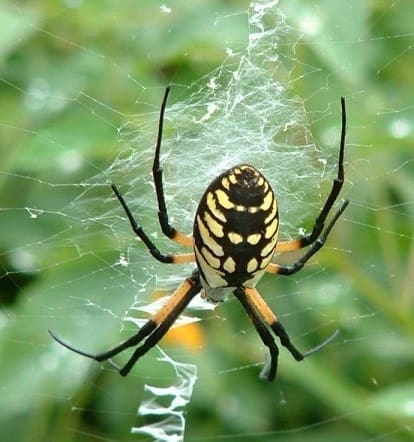Grasshoppers can get a pretty bad rap in the agricultural world. While they can do significant damage to farmers’ crops, without the help from grasshoppers our ecosystem wouldn’t be able to properly function.
Grasshoppers play a critical role in the environment. They make a safer and more efficient place for other organisms to thrive.
More Than Just Eating Plants
The grasshopper is able to help humans and the ecosystem by the decomposition of plants and the regrowth of plants. Grasshoppers are able to create a balance between the plants that grow. This helps stop the overgrowth of certain type of plants so it does not take over an area.

Even though they are small, grasshoppers are able to consume enough plant life to influence the types of plants that subsequently grow.
Fertilizing the Soil
Just like any other insect or animal, grasshoppers also excrete waste after their large meals. Their waste is highly beneficial in fertilizing soil and promoting plant growth.
When a grasshopper dies, the microbes within the soil easily break down the grasshopper’s nitrogen rich body. This helps enrich the soil and helps plants grow.
Feeding Others
This may not be the grasshopper’s favorite role in the ecosystem, but it’s just as important.

Grasshoppers feed essential creatures such as spiders, birds, lizards, and more. Without the mass number of grasshoppers, these animals and insects would not have the access to food that they have now. If the grasshopper population lessens, these creatures that rely on them as a food source would also decrease.
Grasshoppers play an important role in our ecosystem. Without them, our environment would look so incredibly different.
Want to learn more about the incredible grasshopper? Visit Green Bay Botanical Garden to experience Habitat! Learn how protecting grasshoppers helps protect us.

Habitat was developed by Smithsonian Gardens and is made available by the Smithsonian Institution Traveling Exhibition Service.





